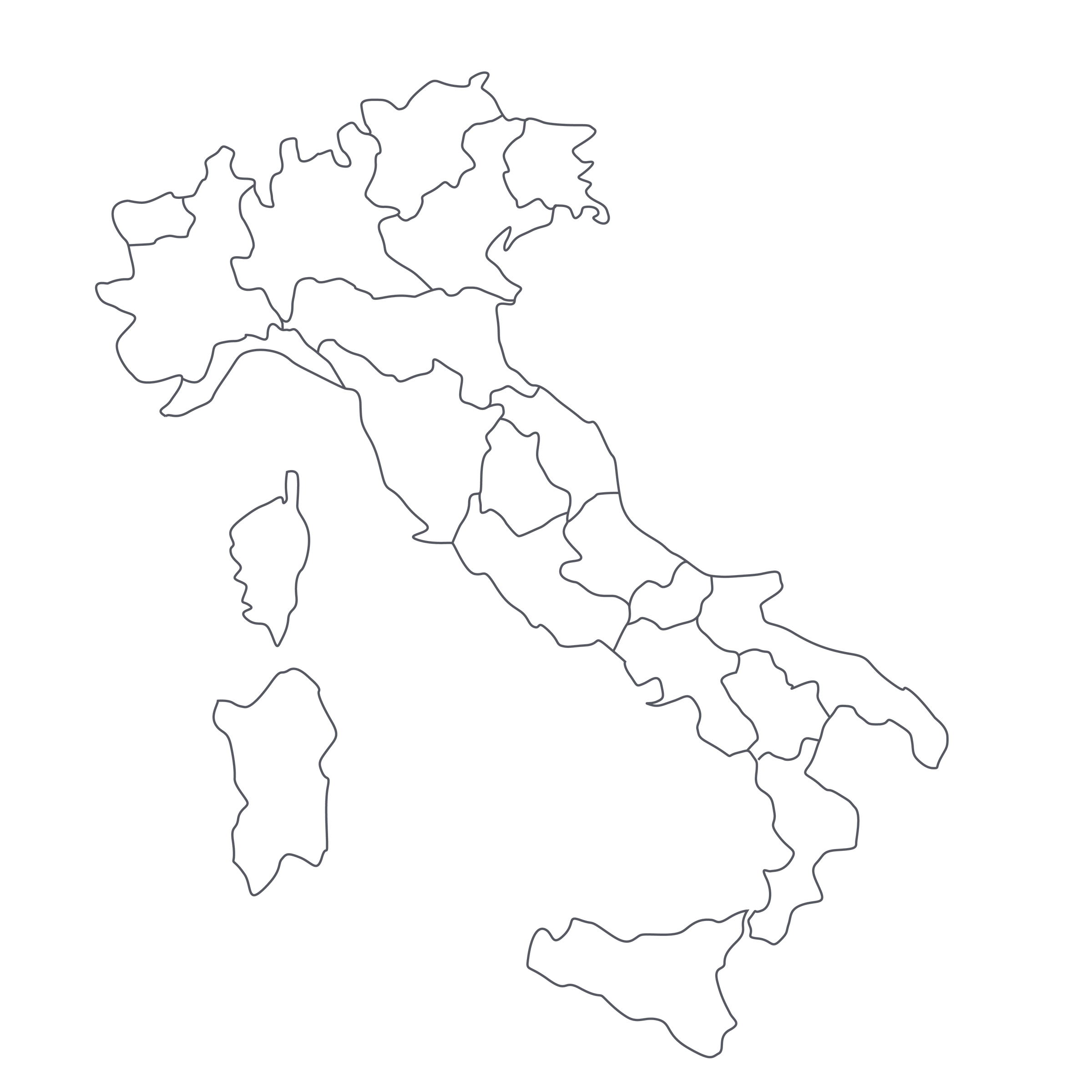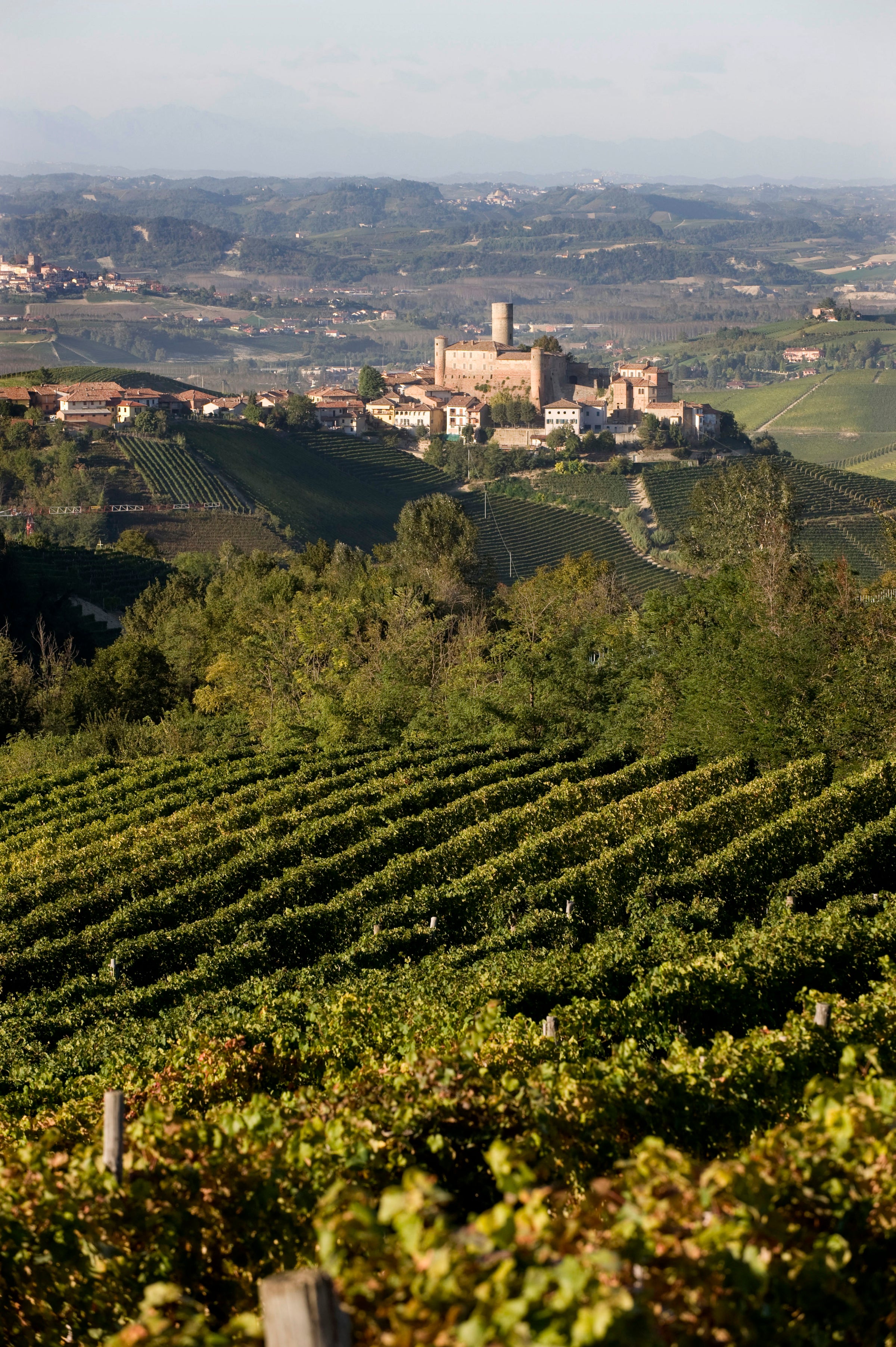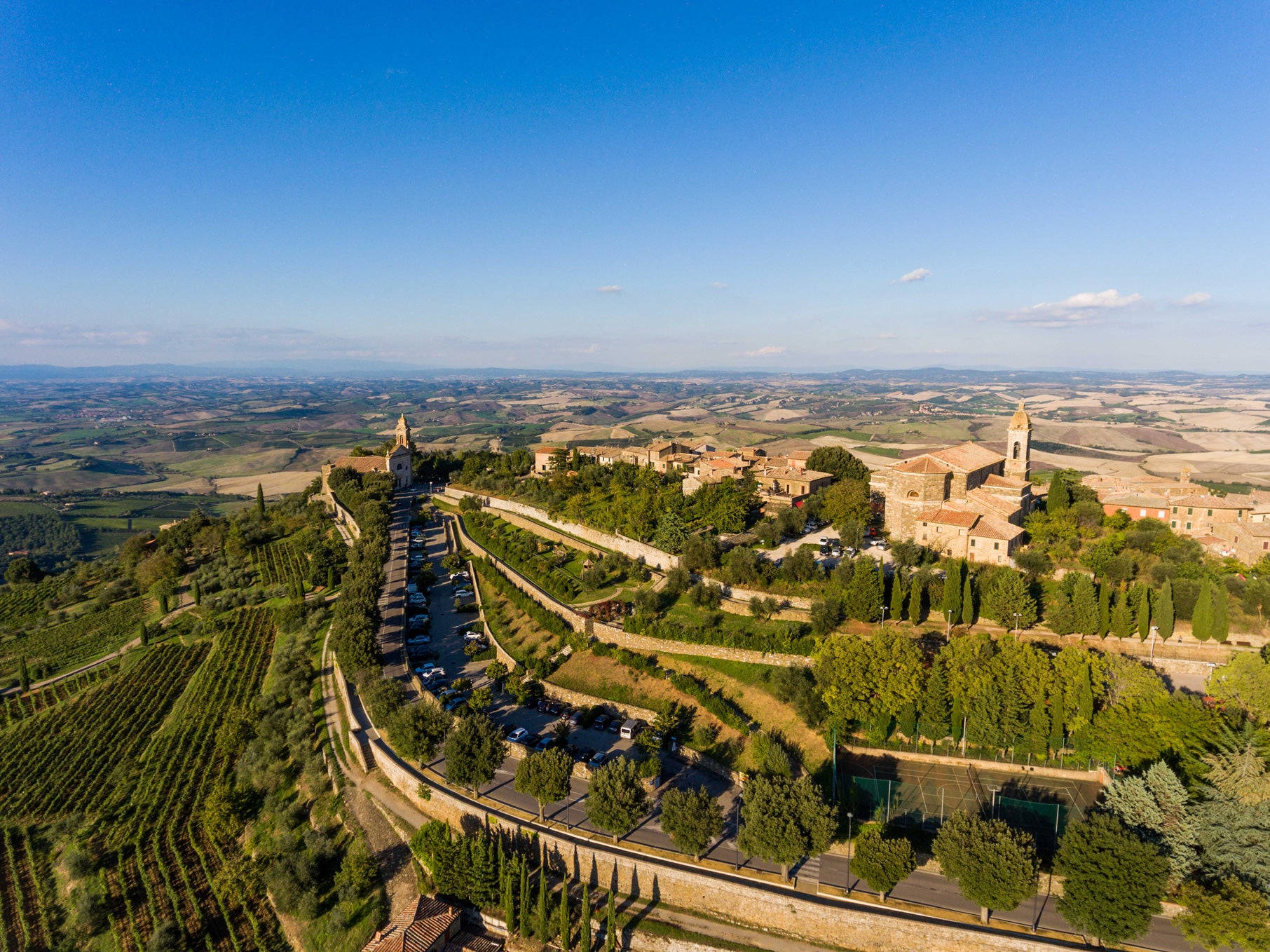I love the Ribolla Gialla grape, especially when it’s vinified like this 2021 from Ferlat. Known for its exceptionally high natural acidity, Ribolla has not only produced good results when aged in oak barrels, it has become the white grape most readily associated with the “orange wine” movement. Today’s wine from Ferlat used to be more the norm for the region—varietally precise, fermented and aged in steel with only two days of skin contact—but now it’s an outlier.
This is too bad because Ribolla has plenty going on in its crisp, mineral, “conventional” form, as evidenced by this electrifying wine from Ferlat. Young winemakers Moreno Ferlat and Federica Tabacchi rely on Certified Organic farming to produce this vivid white that shines brightly without any adornments. Drink this bottle and you may think of taut, focused, profoundly mineral whites like Dauvissat Chablis or Keller Riesling. For all its racy acidity, it’s deceivingly structured and persistent, far more substantial than its price tag might indicate. You can’t help but love it because it’s as transparent and full of energy as wine gets!
It’s amazing to me that I still need to make a case for Friulian white wine belonging in the world’s elite ranks. Noble native varieties of the region, including Ribolla Gialla, Friulano, and Malvasia Istriana, aren’t spoken of in the same breath as Chardonnay, Riesling, or Sauvignon Blanc, but I believe their day is coming: The wines are just too damn good, and wineries like Ferlat—with its young proprietors working independently and naturally—are going to be the ones to really break through.
Moreno Ferlat worked as the cellarmaster at Friuli’s legendary Livio Felluga winery while also teaming up with his father and grandfather at their family estate, which was founded in 1950. They are based in the historic wine town of Cormóns, right where the Collio and Isonzo DOC zones meet, with most of the Ferlat wines carrying an Isonzo DOC designation. The 7.5 hectares of Ferlat vineyards are positioned almost exactly in between the Carnic Alps and Adriatic Sea, where wide diurnal temperature shifts lengthen the growing season and preserve vital acidity.
Alongside his business partner, Federica, Moreno has fully taken the reins and embraced organic farming practices along with a very natural approach in the cellar, relying on spontaneous fermentations using only ambient yeasts. Fruit for this wine was harvested in late September and fermented in stainless steel, with a two-day maceration on the skins employed to lend a little chamomile tea phenolic bite. Otherwise, it’s all about clean, pure fruit and a light dusting of minerals.
While there are strong similarities between Ribolla Gialla and cooler-climate Chardonnay, Ribolla is ultimately more delicate in terms of structure. Crisp, floral, and mouthwatering is the story with this ’21: It’s a wine meant to be consumed young, ideally with thin slices of Prosciutto di San Daniele (one of Friuli’s other famous exports). Yes, it would probably age nicely in the short- to medium term, but there’s no need to wait. In the glass, it’s a pale yellow-gold moving to a silvery rim, and you detect a lot of yellow (gialla) fruit right out of the gate: tart yellow apple and lemon pith chiefly, along with white flowers, green melon, citrus pith, almond skin, and wet stones. It is medium-bodied and loaded with racy acidity, ready to whet appetites as an apéritif or to pair with first-course salads. You might consider prosciutto with melon a little cliché, but it sure would be a delicious choice for this wine. When it’s right, it’s right! Enjoy!









